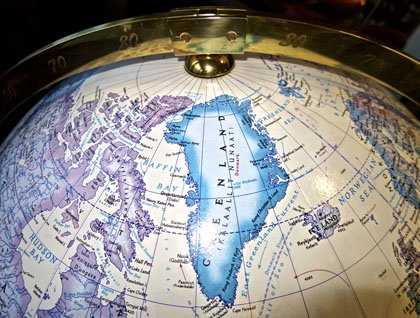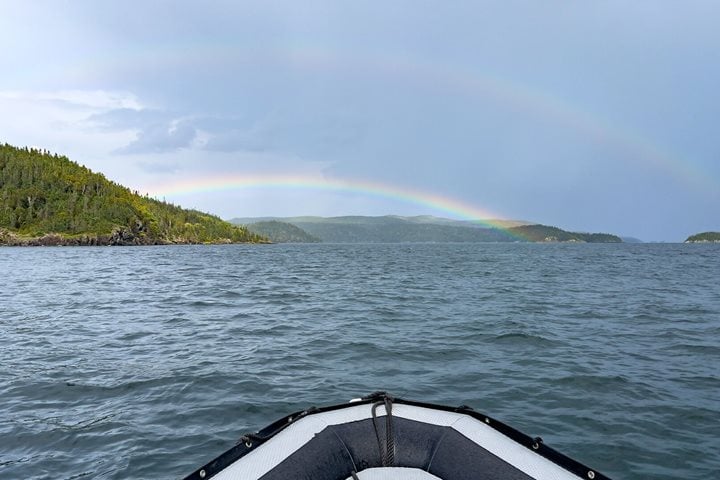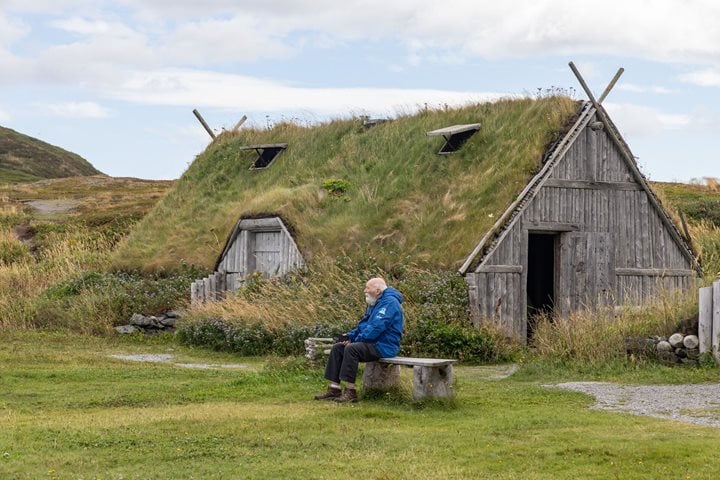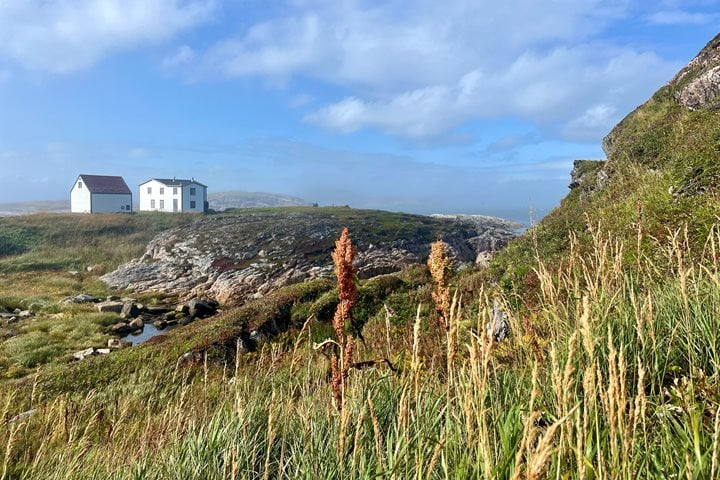Today finds National Geographic Explorer westbound across the Davis Strait. The Strait, the world’s broadest, lies between 60 and 70 degrees north latitude, bounded by the southwest coast of Greenland to the east and the east coast of Canada’s Baffin Island and Hudson Strait to the west. The Strait gains its name for the English explorer John Davis, who explored the area while seeking the fabled Northwest Passage.
Although Davis is often credited as being the first European to enter into Baffin Bay to the north, we now know that Norse Vikings had passed this way many centuries before. Erik Thorvaldsson (known as Erik the Red) is cited in the Icelandic saga as having founded the first Viking settlement in Greenland around the year 982.
Erik and his family were forced to travel to Iceland from Norway, because his father had been banished for the crime of manslaughter. Erik himself was exiled for three years from Iceland, for “some killings” he committed, as the saga goes. The Assembly, known as the Thing, handed down this sentence. Erik spent these three years exploring Greenland.
After Erik the Red’s exile, he returns to Iceland with stories of this “green land.” He gathers a fleet of 25 ships filled with colonists, 14 of which arrive safely in southwestern Greenland where they settled. Erik’s son Leif continued the family legacy of westward exploration, crossing to what is now Baffin Island and points south.
It is in this part of the world that western European expansion came into contact with the eastward expansion of the modern Inuit, known as the Thule. Archeological evidence confirms that the Norse Vikings were in fact in contact with the Thule, whom they called the Skræling. The modern Inuit are direct descendants of the Thule people and survive today in both Canada and Greenland. The Vikings did not fare so well, and all settlements were abandoned by the fifteenth century.
A day at sea provides the opportunity to gain from presentations an insight into the history and people who have traveled here before us. It also allows us the privilege of learning about the modern Inuit and the ways they thrive. Time is also spent in conversation about the pressing issue of climate change with former Canadian Prime Minister, the Right Honourable Kim Campbell. How ironic is it that changing climate probably contributed to the Viking’s final desertion of their settlements in this remote part of the world?






